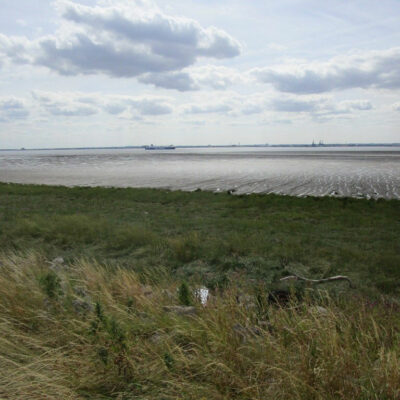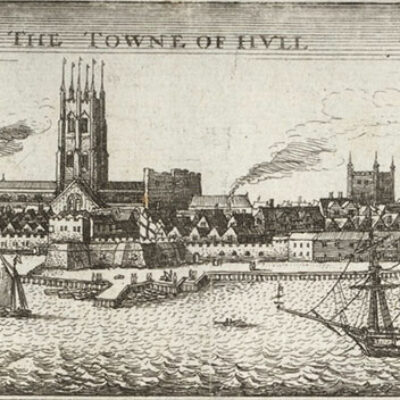Andrew Marvell’s To his Coy Mistress: Love in the Little Ice Age

Andrew Marvell’s ‘To his Coy Mistress’ is one of several poems in 16th- and 17th-century England to give expression to love and desire through the language of storms and floods. This learning resource explores the significance of flooding in Marvell’s ‘To his Coy Mistress’. Marvell’s poem is also compared to other examples of extreme weather imagery in other English love poems from the early modern period by Thomas Wyatt, William Shakespeare, and John Donne. This learning resource will consider a variety of reasons for why storms and floods feature in English love poetry, including:
- The influence on English love poetry of the Italian poet, Petrarch, who used storms as metaphors in several widely imitated sonnets.
- The importance of flooding in religious prophecies predicting the end of the world in Andrew Marvell’s lifetime.
- The frequency of storms and floods in early modern England, a period today regarded as the climax of the Little Ice Age (1300-1800).
This learning resource aligns with AQA AS- and A-level English Literature 3.1: Love through the Ages. It focuses on Andrew Marvell’s poem, ‘To his Coy Mistress’, included in the AQA Love Poetry through the Ages Pre-1900 Anthology. Alongside Marvell’s ‘To his Coy Mistress’ it also discusses poems by three other poets included in the Pre-1900 Anthology: Thomas Wyatt, William Shakespeare, and John Donne.
The background reading and activities in this resource should together take around 90 minutes to complete.




